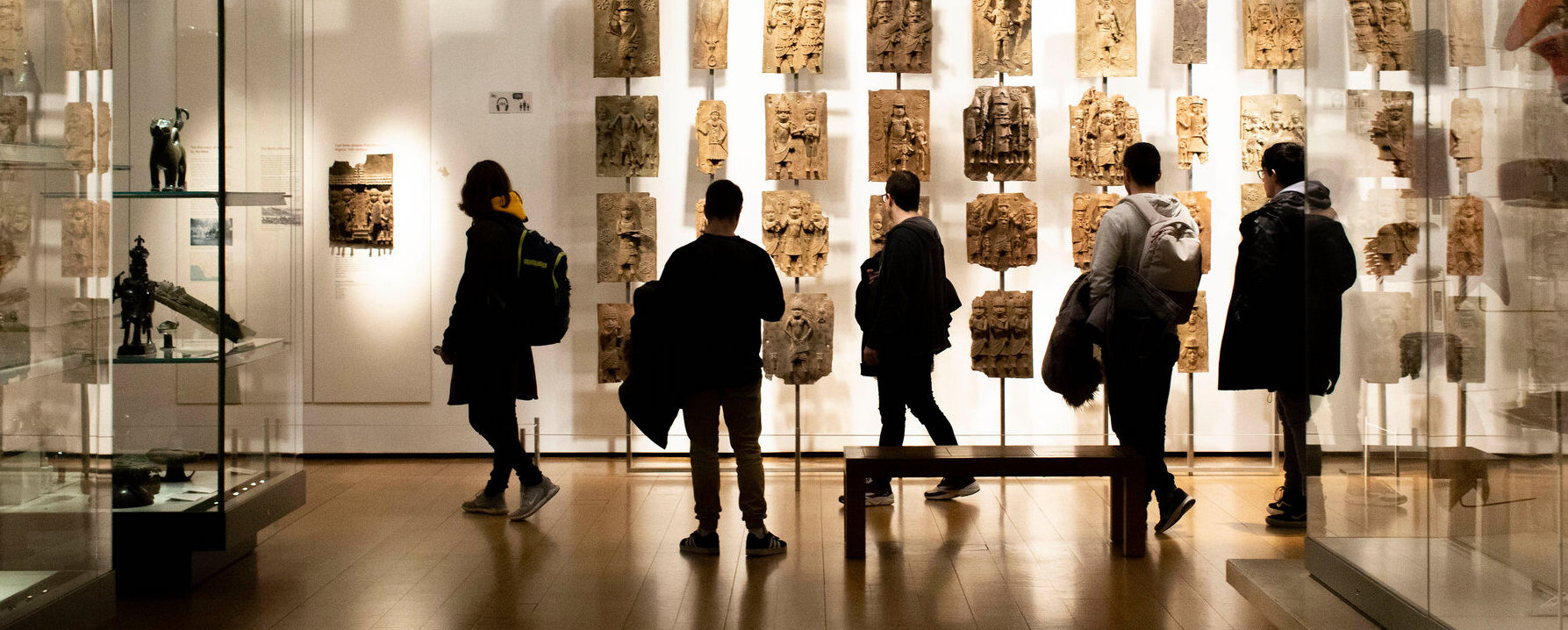Format: This is a short exercise, as an introduction to a skill that is crucial to art historical research, and one that we will be learning to develop throughout this course. Your text should be 1 page (approx 250-300 words) in length. These can be either typed or hand written.
When you submit, make sure to send me an image of your object along with the text.
The Assignment:
- Bring either an object to class that you have some connection to, have had in your house or have spent significant time with. The medium of the object (photograph, painting, sculpture etc.) is up to you. Choose an object that you are drawn to! The object does not have to be a conventional “art” piece, but should be an object that you can spend considerable time looking at. Therefore, I would like you to choose something you have in your own home (that you can touch and handle).
2. Imagine your object to be an “artwork” and write a museum label for it.
- First provide the object details: Title, date, medium
- Then write a formal analysis of the object (make sure to use art vocabulary). A formal analysis includes a visual description of the forms appearing in the object you have chosen. These forms give the work its expression, message or meaning. When your reader finishes reading your analysis, they should have a complete mental picture of what the work looks like. Please use descriptive language and adjectives to describe your work. Begin with a general description of the work, and then move on to the more specific elements.
- Finally, come up with thesis statement that reflects your conclusions about the work. The thesis statement may, in general, answer questions like these: How do the formal elements impact how you respond to the object? How might your description of the work suggest a particular meaning or interpretation of the object?
Visual analysis terms: Here are some terms that may help you conduct your visual analysis. Use this as a framework to guide your thinking. You don’t necessarily have to use all the terms or address all questions.
- Composition: How are the parts of the work arranged? Is there motion or is it static?
- Space: What kind of space is conveyed? What is the relation of the main figures or objects to the space around them? Could the viewer enter the space or is it flat/two-dimensional?
- Color: What type of colors are used? Complementary or contrasting? Dull or bright? Are they used to draw your gaze to a certain aspect of the work?
- Line: Do the outlines convey energy or motion? Are they smooth or jagged, bold or subtle, geometric or curvilinear?
- Proportions: Do the individual parts of the object work as a whole and look natural? Or are the proportions intentionally askew? What purpose might that serve?
- Pose: If there are figures in the work, how are they rendered– realistic or abstract? If there are multiple, how do they interact with each other or to the viewer?
- Tone/Mood: Do you sense an overall mood of the work? How does the mood impact your interpretation of the message of the work?


